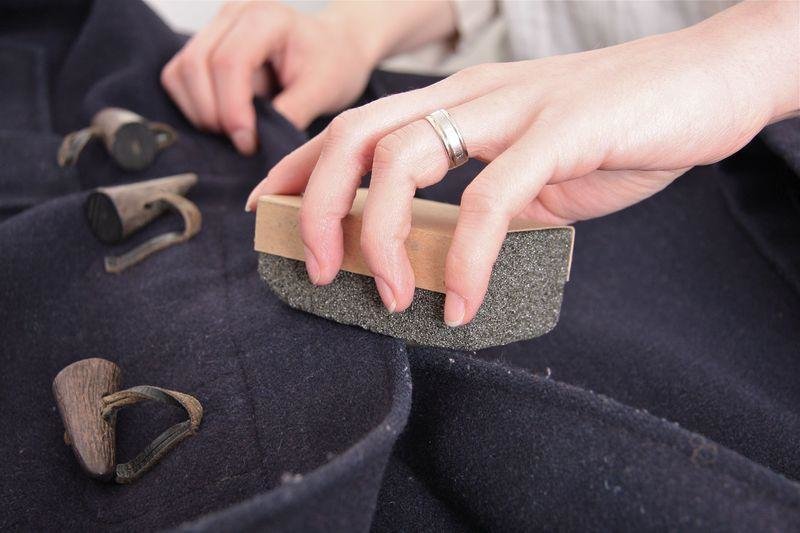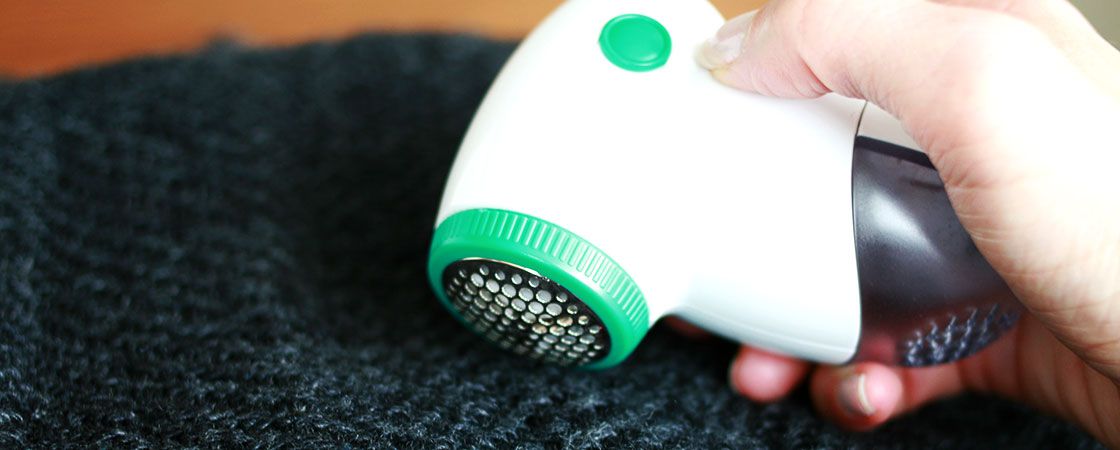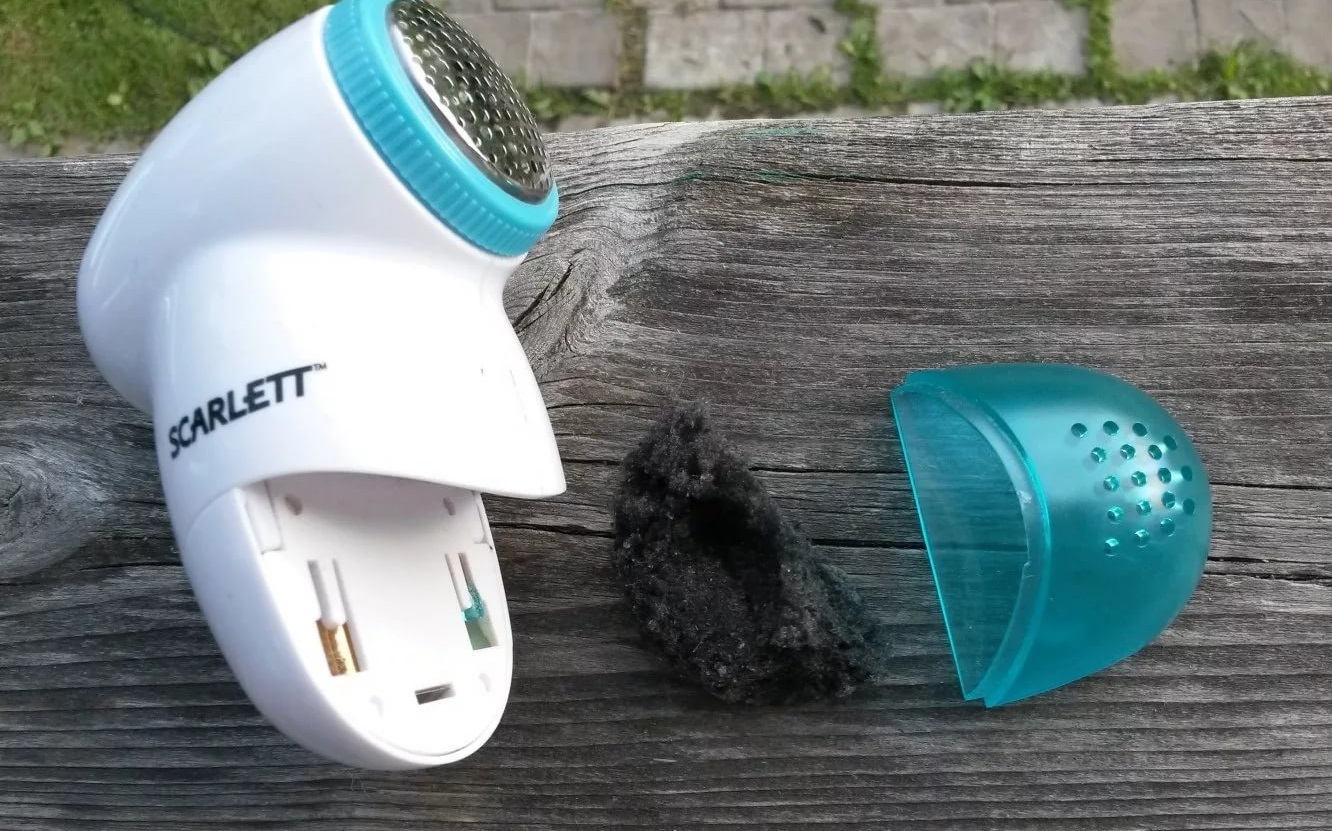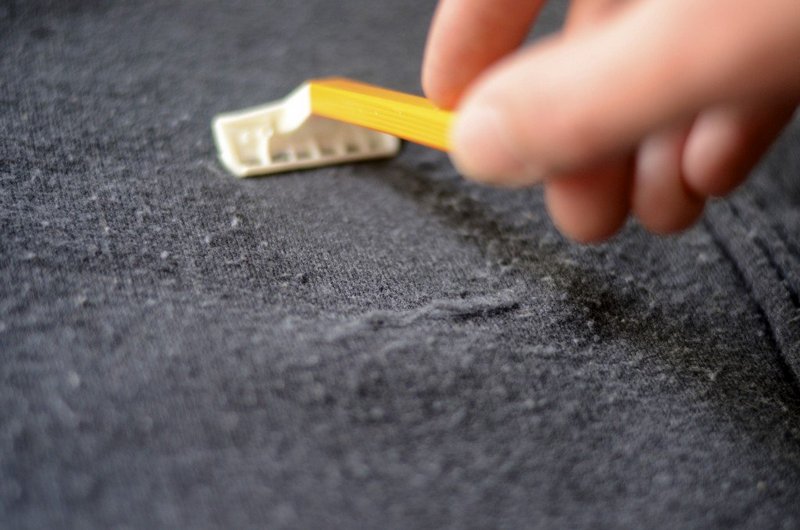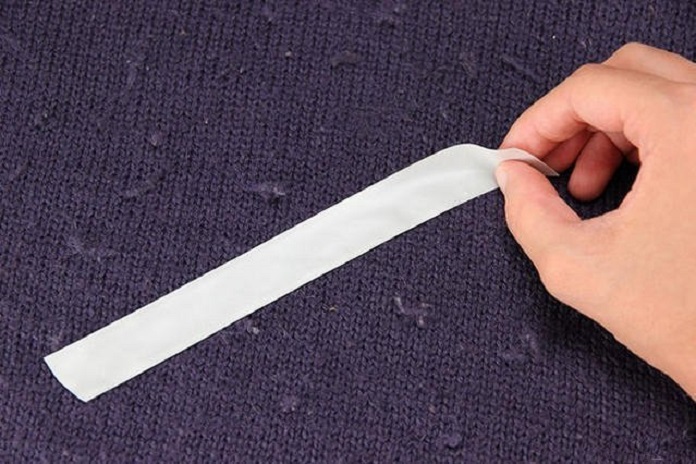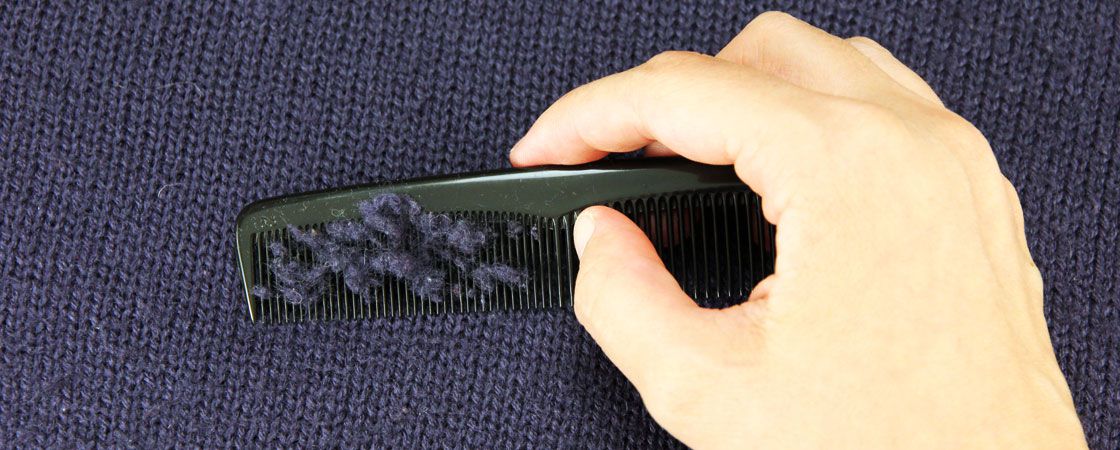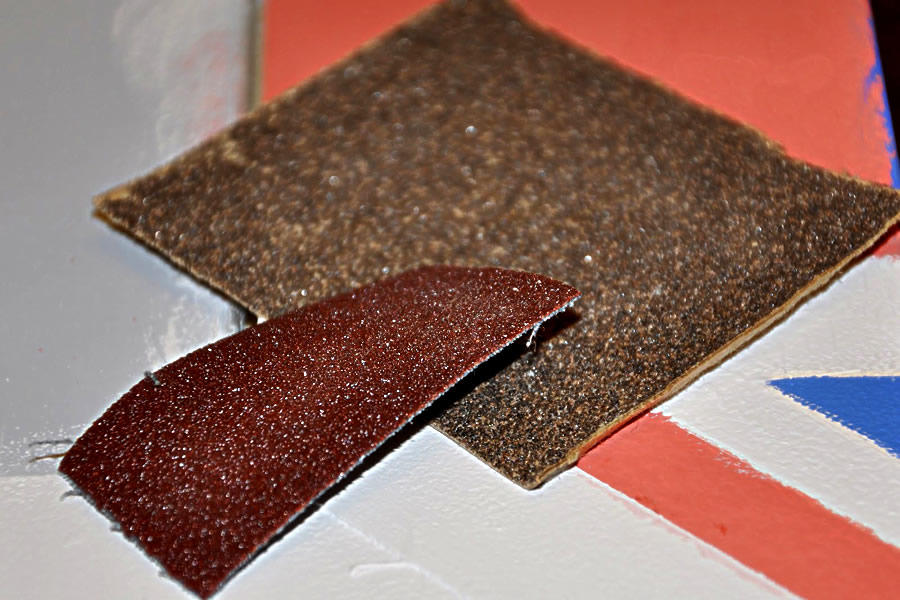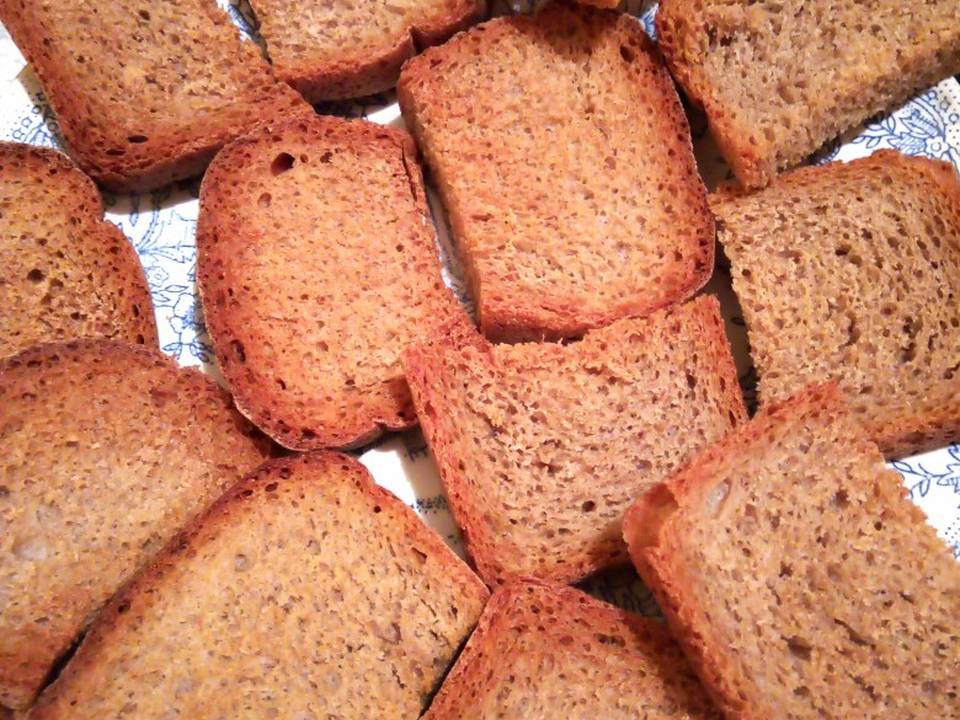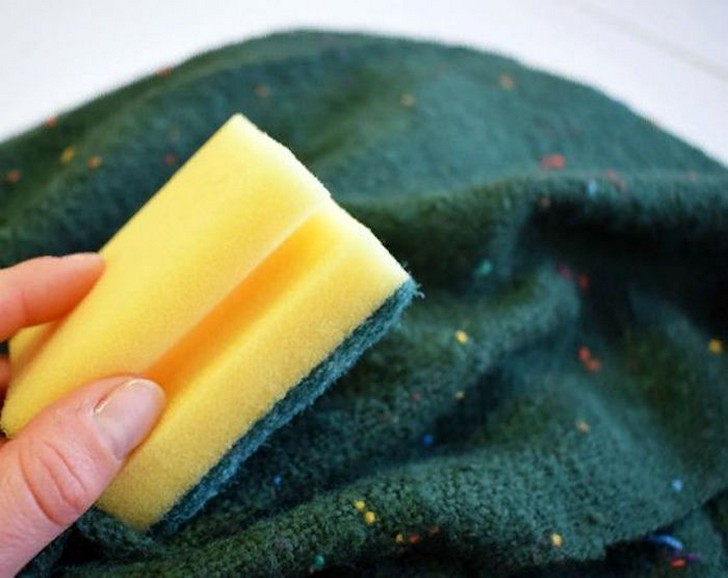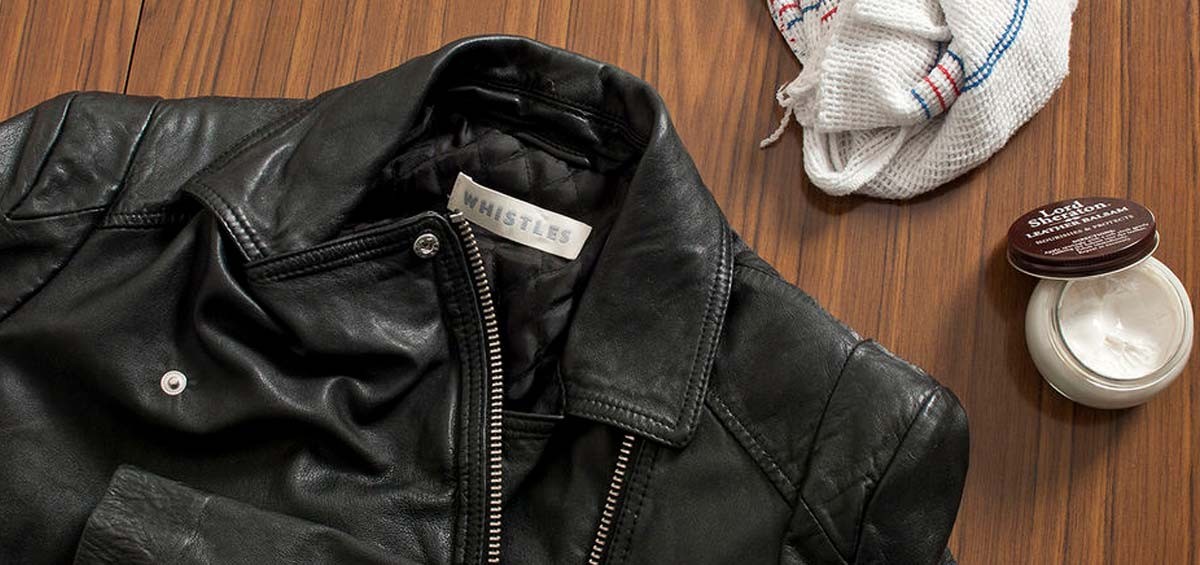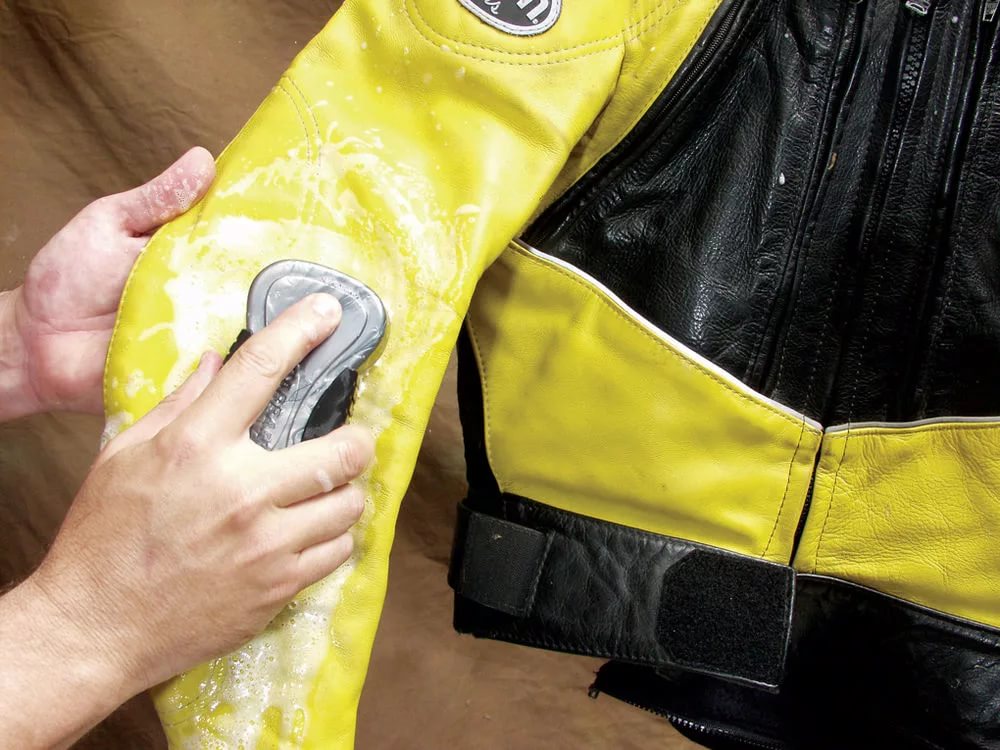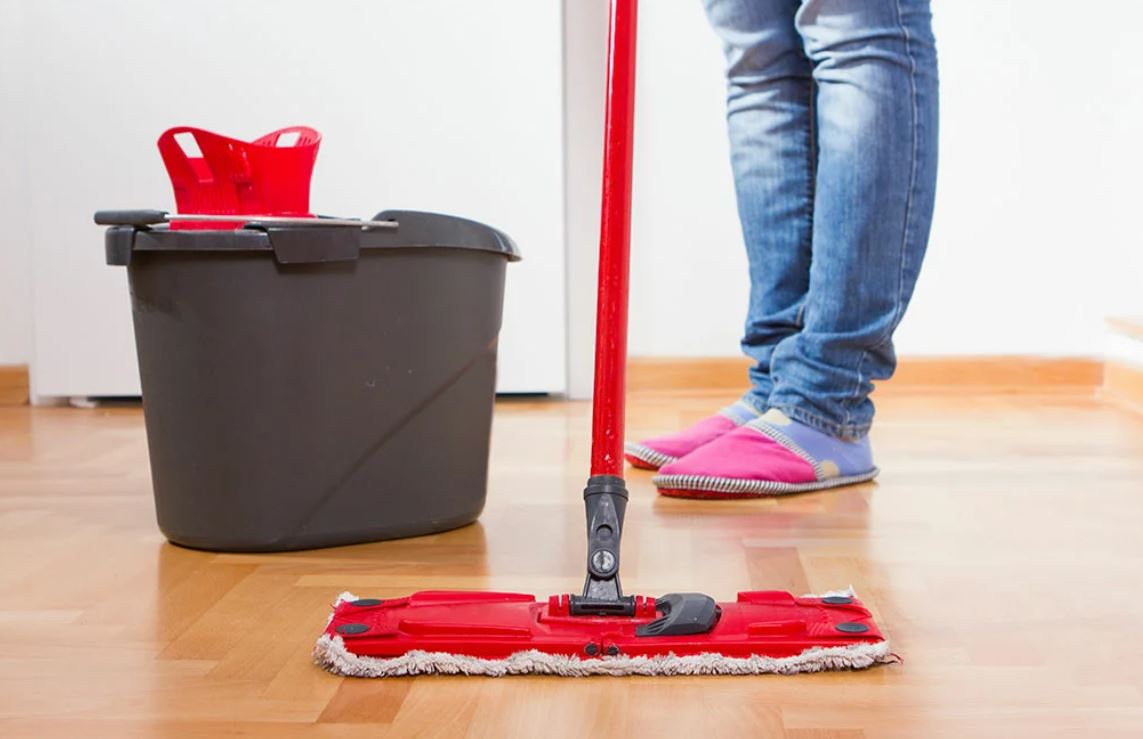Even outerwear made of expensive materials can cause problems in the form of lumps on the surface. It is important to know how to remove pellets from a coat without damaging the material. There are many methods suitable for home use. Let's figure out why clothes lose their appearance and how to deal with it.
Causes and prevention
If you know the reasons why you have to constantly clean your clothes from pellets, you can avoid unpleasant consequences or significantly delay them.
|
Reasons |
Prevention |
| Most often, pellets form on coats made of natural materials. During production, gentle chemical treatment is used, which affects the surface over time. This is especially true for woolen products. | Conduct timely cleaning using conditioners. You can take it to a dry cleaner to select the optimal composition that will strengthen the fabric. |
| Violations of the temperature regime during washing and ironing, if they are permissible, as well as refusal to use the necessary detergent and drying in unfavorable conditions seriously affect the fabric. | Carefully study the information on the label. Use only special detergents, conditioners for angora, mohair and wool products, softening water. When hand washing, do not rub, do not stretch, gently squeeze or just let the water drain. |
| Violations of the technological process at the enterprise, when the thread is weakly twisted. When rubbed, this leads to the formation of pellets. | When buying a coat, it is worth carefully assessing the quality. It is not recommended to buy dubious things at a low cost. When choosing clothes, it is important to read the information written on the label. If the composition includes low-quality material, such a thing is not worth buying. |
| Incorrect selection of product size, damage in the form of tears and snags. | Be sure to use the fitting room in the store, ask the seller for advice. Careful wearing prolongs the life of outerwear. |
| Frequent use of the coat in everyday life will certainly affect the material. Mechanical action in the form of friction in places where a bag or backpack is worn, under the arms, near pockets and belts has a particularly strong effect on the fabric. | Regularly inspect the product to start fighting at an early stage. Spray problem areas with antistatic. |
Careful handling of outerwear, especially natural fabrics, can delay troubles. But even if changes have already become noticeable, there are ways to deal with pellets.

How to clean properly with different tools
It is useful to know how to get rid of pellets on your coat at home so that your outerwear always looks neat.
Fabrics that require delicate handling - wool, angora and cashmere - are most vulnerable to mechanical impacts. It is not recommended to clean such wardrobe items yourself; it is better to take them to a dry cleaner, where gentle methods will be selected.
Special machine
The safest option is to use a lint remover. Instructions for use:
- Adjust the blade height to avoid damaging the fabric.
- Turn on the device.
- Without pressing hard, apply the mixture to all areas with lumps.
The advantage is the short operating time of approximately 10 minutes.
Razor
Using a razor is a fairly effective way to clean a coat. The right choice of tool is the main condition for quality work. Do not use a dangerous or new razor with a sharp blade. These tools can be used to cut material.
The product should be laid out on a flat surface, with movements from top to bottom, and then from right to left, remove all lumps. It is important to try to move the machine in one direction.
You shouldn't experiment this way with thin fabrics, cashmere and items with drawstrings. There is a risk of ruining the item.
Scotch
The method with scotch tape is safe, it resembles the process of removing unwanted hair on the body. Only tape with a good adhesive base will do for getting rid of it. You will need to cut off the necessary piece and put the sticky side against your coat, run your hand over it to secure it and tear it off quickly. Repeat this on all areas. Wide adhesive tape is often used as a replacement.
Scissors
You can clean your coat with scissors if the pellets are large. The procedure takes from 30 minutes to 3 hours, depending on the number of pellets. This method is best chosen for items with a complex texture, fur and lace inserts, embroidery, sequins, and rhinestone decorations. To remove the pellets, you need to lay out your outerwear comfortably, pull them out one by one, and cut them off.
Comb
A fine-toothed comb is suitable for cleaning the material, as it can catch even small lumps. The product should be laid out on a flat surface and work only along the fibers, trying not to catch the threads. It is believed that this method helps to fluff up the material a little. If the result is not completely satisfactory, you can additionally go over it with tape.
Sandpaper
Few people know how to remove pellets from their coat using sandpaper. You should not use coarse-grained sandpaper. The clothes should be processed without much effort. For better quality of work, the product should be shaken periodically. As an alternative to sandpaper, a new pumice stone for cleaning heels will do.
Coats with nap cannot be cleaned with abrasive paper.
Rusk
Black or gray bread rusk is also used if there are pellets. First, you need to cut off a large slice that will be comfortable to hold in your hand. It needs to be dried in a preheated oven or microwave so that it does not crumble. The movements of the rusk should be directed in one direction - from top to bottom.
Hard sponge
Another method for cleaning a coat is to use a hard washcloth or dishwashing sponge. It is important to use a new product. A used item can not only stain the coat, but also has low hardness. Run the sponge along the fibers of the fabric. Do not repeat circular movements that can catch the thread and cause a tightening.
Useful tips for different materials
You should carefully monitor your outerwear to prevent the formation of a large number of pellets, carefully inspect problem areas and remove defects at an early stage. Preventing the appearance of lumps is helped by treating the coat with antistatic agents and conditioners diluted in a spray bottle during cleaning.
Almost all home methods are suitable for drape products, since the material does not have lint. For woolen outerwear, it is better to use:
- comb;
- manicure scissors;
- manual method.
You can remove pellets at home if you follow all the rules and recommendations. But it is better to do this if you are confident in the quality of the material. If in doubt, it is recommended to contact a dry cleaner, where specialists will not only professionally deal with the problem, but will also treat the fabric with special preventive agents.
Video

